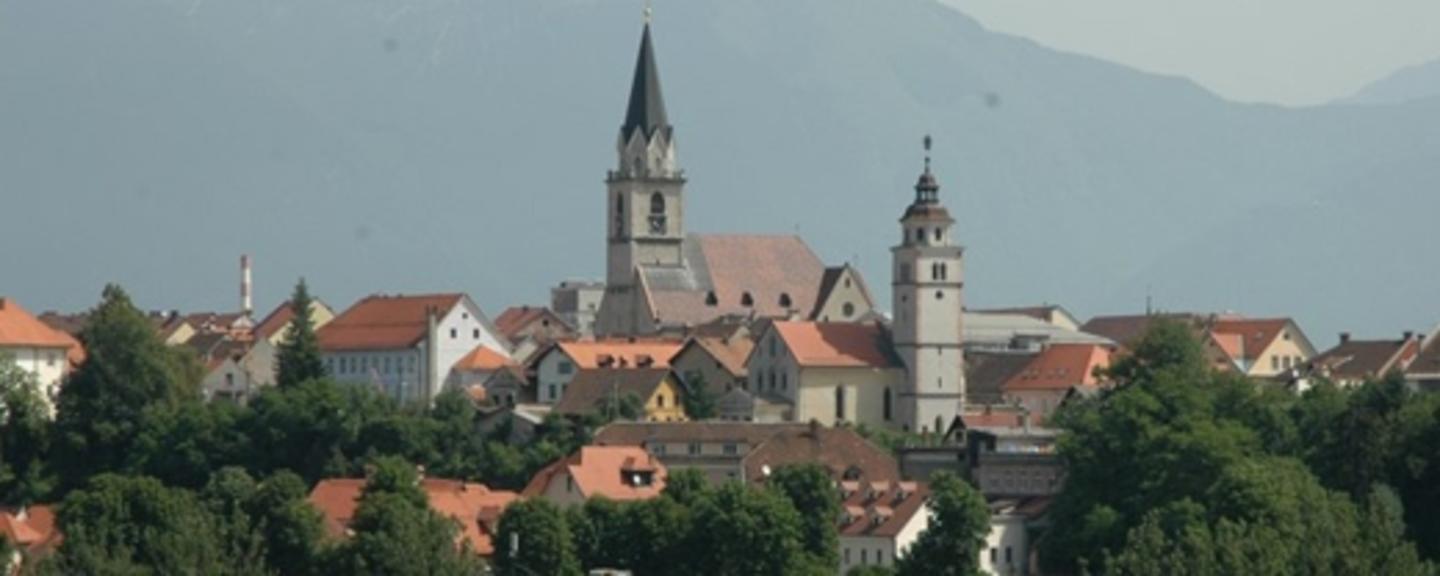One historic building in each of the 5 old town centres in Kranj, Radovljica, Škofja Loka, Trič and Jesenice/Stara Sava has been renovated to conserve the cultural heritage value of the buildings and make the areas more interesting and appealing to visitors. The local authorities hope the Norway Grants- funded project will act as catalyst for revitalising the old town centres, making them attractive for both inhabitants and tourists. Above all, the local authorities have attempted to introduce measures that would create a foundation for both cultural and economic activity.
Mutual inspiration
Hedmark County Administration, Norway, has been an active project partner since the start-up in 2005. "What they wanted us to help with was organising the activities that could create a cultural and economic impetus in these urban areas so that these buildings would gradually have a kind of pivotal function", says Tove Krattbøl at the Office of the County Governor of Hedmark. Krattbøl underlines the importance of mutual inspiration. The exchange of ideas for the works that took place in the Slovene towns also benefited the local development in the municipalities in Hedmark.
Multifunctional buildings
In the town of Radovljica, the historical building that has been renovated has previously been used as housing for social welfare clients. During the renovation works, the remains of a splendid old assembly room in the baroque style were discovered. It was in a state of decay and had almost been forgotten. The room has now been restored and returned to its former grandeur and décor, and it will be used for weddings and other celebrations. The stately first floor of the building will become a museum devoted to a contemporary of Mozart, the playwright and historian Anton Tomaz Linhart (1756-1795).
The Slovene town renewal project is one of 225 cultural heritage projects that receive support under the EEA and Norway Grants. The restoration of historic buildings and fortifications, the renovation of museums, and the conservation of urban areas, cultural landscapes and historical documents have boosted activity and employment in both central and rural areas in the beneficiary states. New attractions of historical interest have also helped to put the enlarged EU on the tourist map.
Photo credit: NMFA
